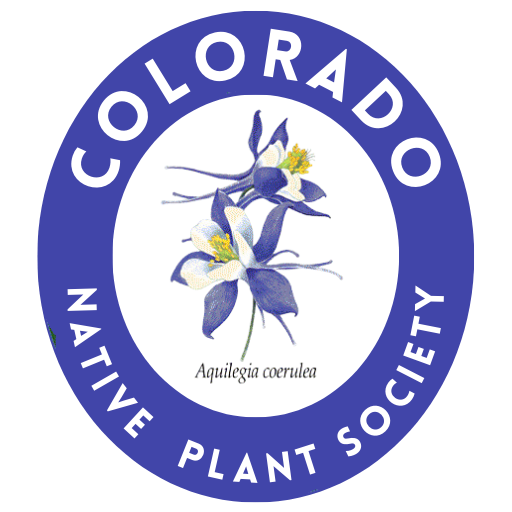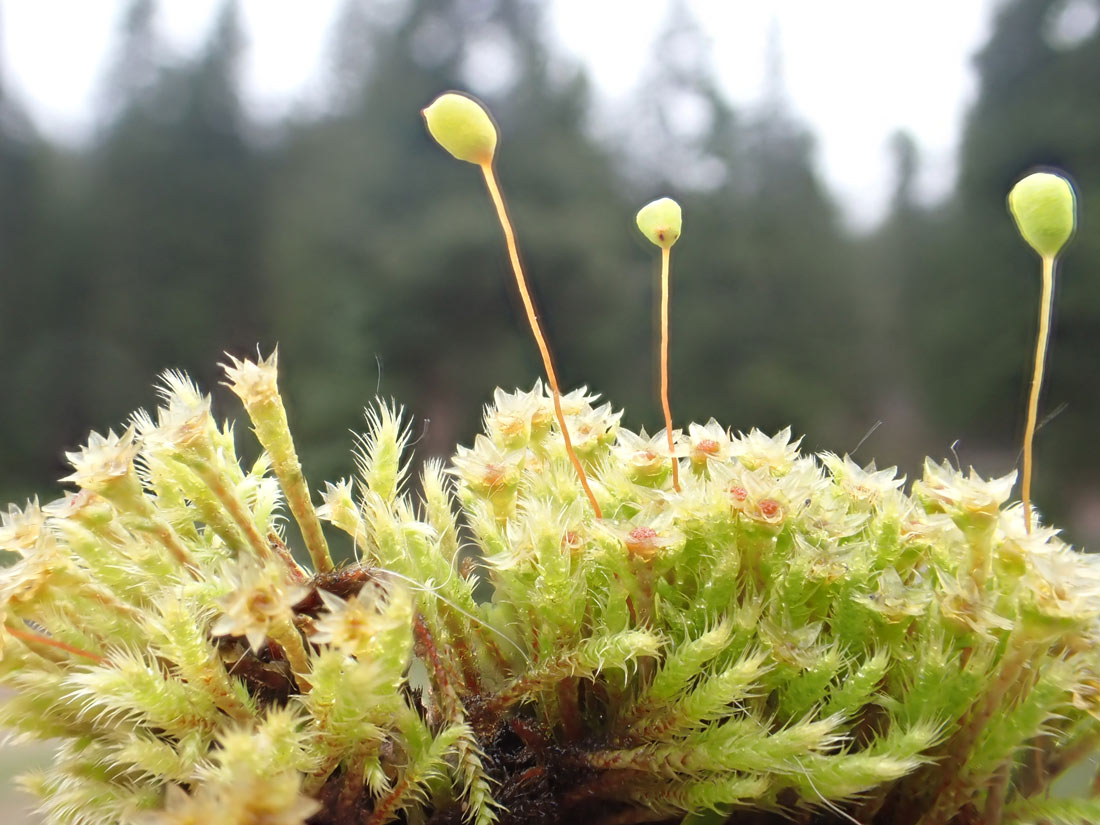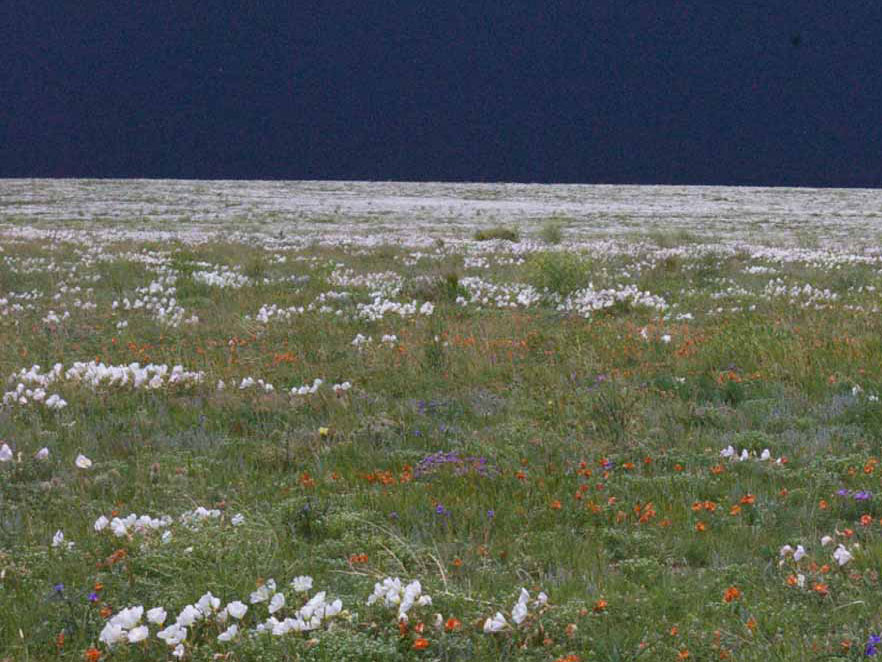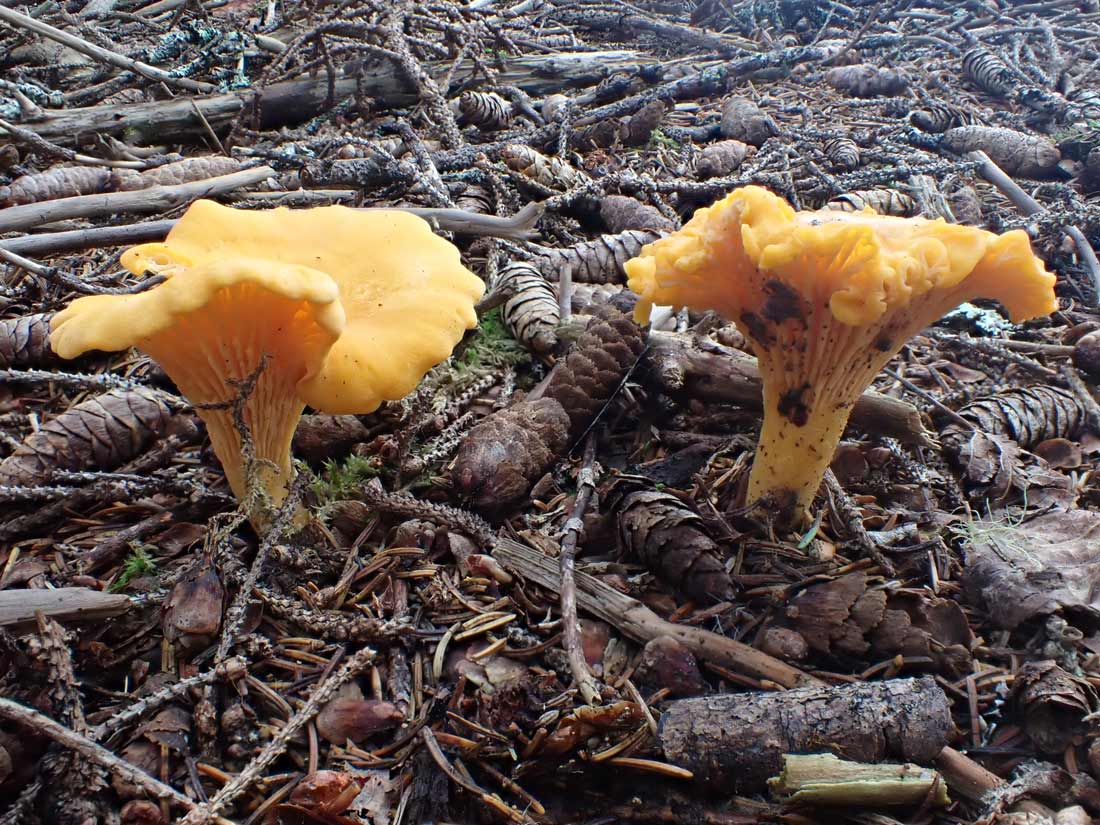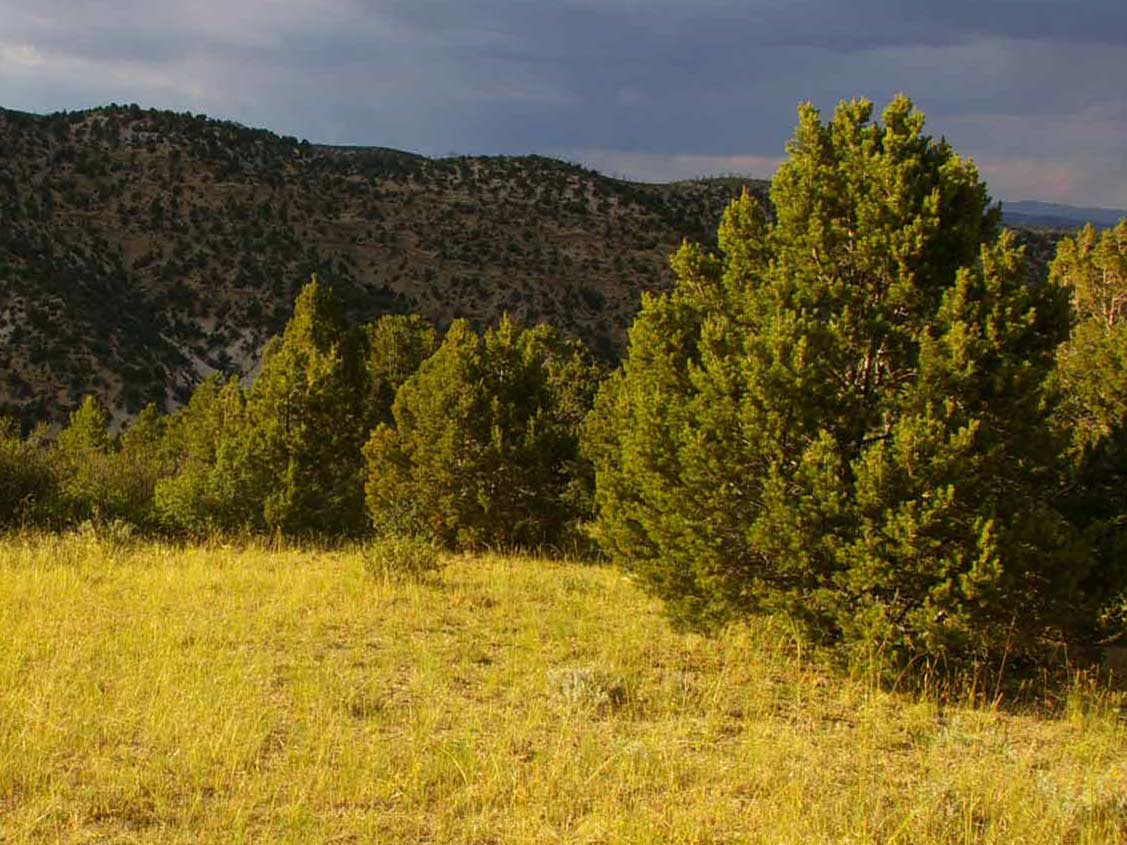Plants and Habitats
Click on Your Area of InterestLiving Organisms
From the Youngest to the Oldest
Colorado Life Zones
From the Highest to the Lowest
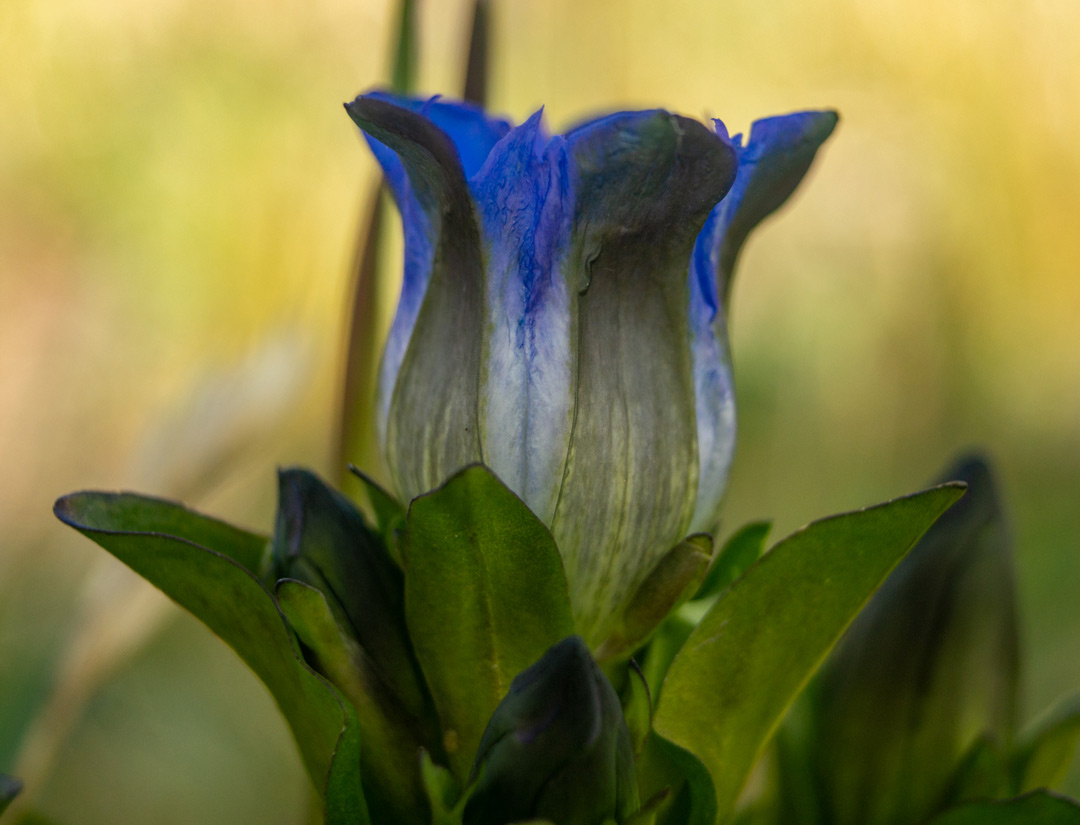
Flowering Plants
Flowering plants, or angiosperms are thought to be from 140 to 270 million years old. They are characterized
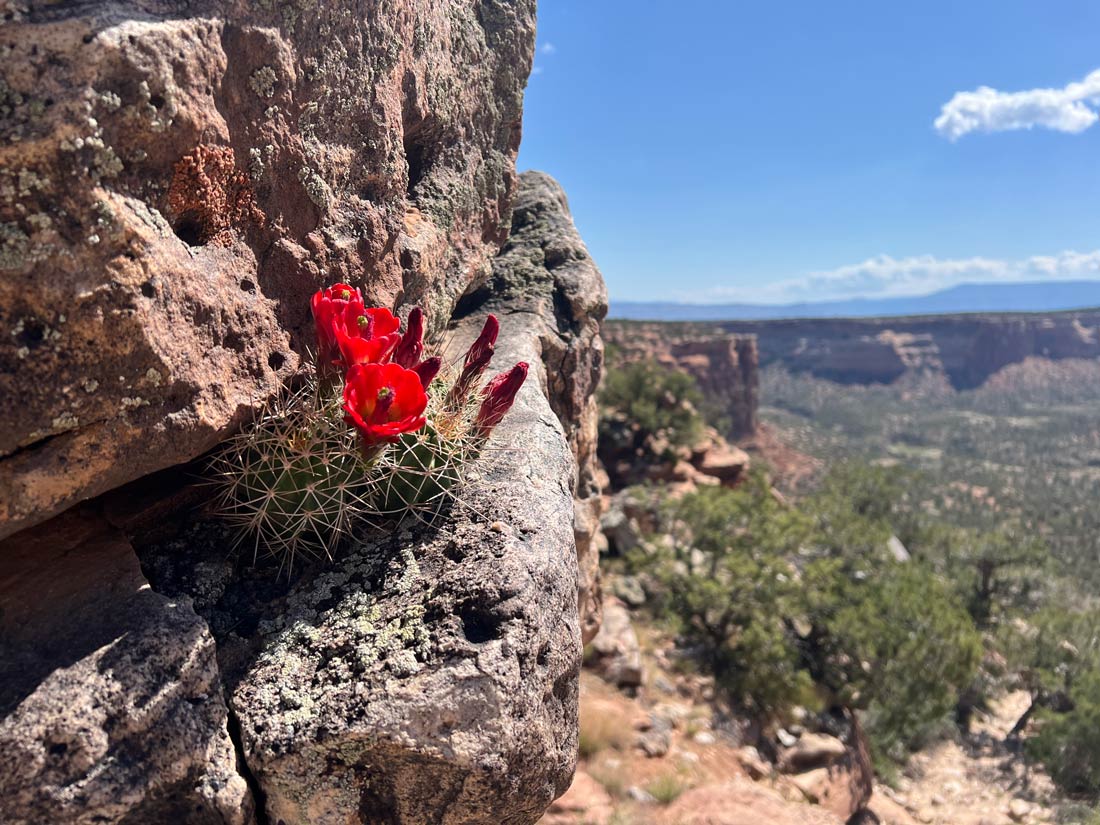
Alpine
The Alpine Zone is the highest life zone in Colorado and extends from 11,500 feet to the summit of Mt. Elbert, our tallest peak, at 14,439 feet.
Lichens
Lichens, which are symbiotic organisms composed of algae and fungi are thought to be 250 million years old.
Subalpine
the subalpine Zone is lies just below the Alpine zone at between 10,000 and 11,500 feet and is characterized by the presence of trees.
Ferns
Unlike flowering plants, ferns do not produce seeds or flowers, but reproduce sexually by producing spores. They are thought to be 360 years old.
Montane
The montanc zone occurs below the subalpine zone between 10,000 and 11,500 feet and consists of forests and meadows.
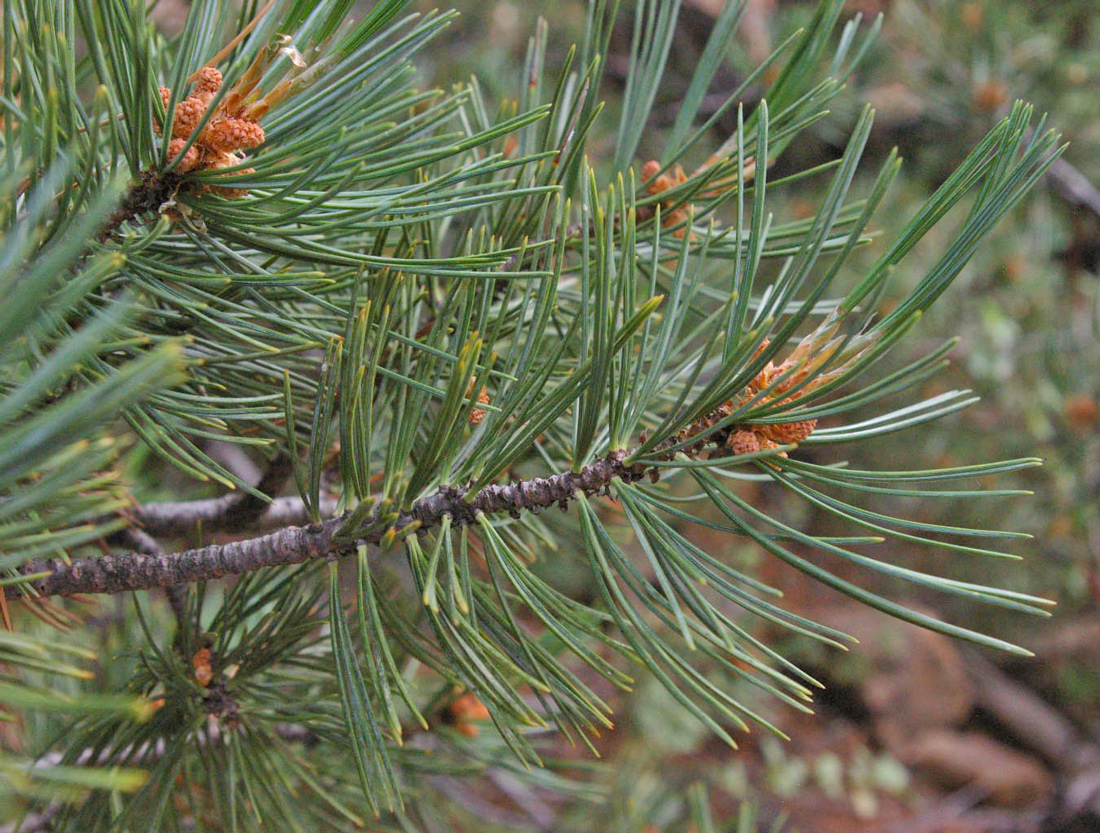
Gymnosperms
The gymnosperms, are our pines, junipers and spruce. Unlike flowering plants, where seeds are bisexual and develop in ovaries of flowers, the seeds of gymnosperms are unisexual and develop in cones. Gymnosperms are considered to be 360 million years old.
Foothills
The Foothill live zone occurs below the montane from 6,500 feet to 10,000 feet and consists of open woodlands and shrublands.
Bryophytes
The bryophytes in Colorado consist of mosses and liverworts, which, unlike flowering plants do not have a vascular system and reproduce by spores rather than seeds. The bryophytes are thought to be 390 million years old.
Plains
The plains occur in the eastern third of Colorado from our lowest point where the Arikaree River flows into Kansas at 3,317 feet up to 6,500 feet. The plains consist primarily of grasslands.
Fungi
Originally thought to be related to plants, fungi are more closely related to animals because they recive their nutrition from other sources and do not photosynthesize. They are the oldest of the organisms listed here at one billion years old.
Semi-desert Shrublands
Semi-desert shrublands occur on the western slope of Colorado at the same elevation as the plains on the eastern slope. Unlike the plains they consist primarily of shrublands rather than grasslands.
Living Organisms
From the Youngest to the Oldest

Flowering Plants
Flowering plants, or angiosperms are thought to be from 140 to 270 million years old. They are characterized
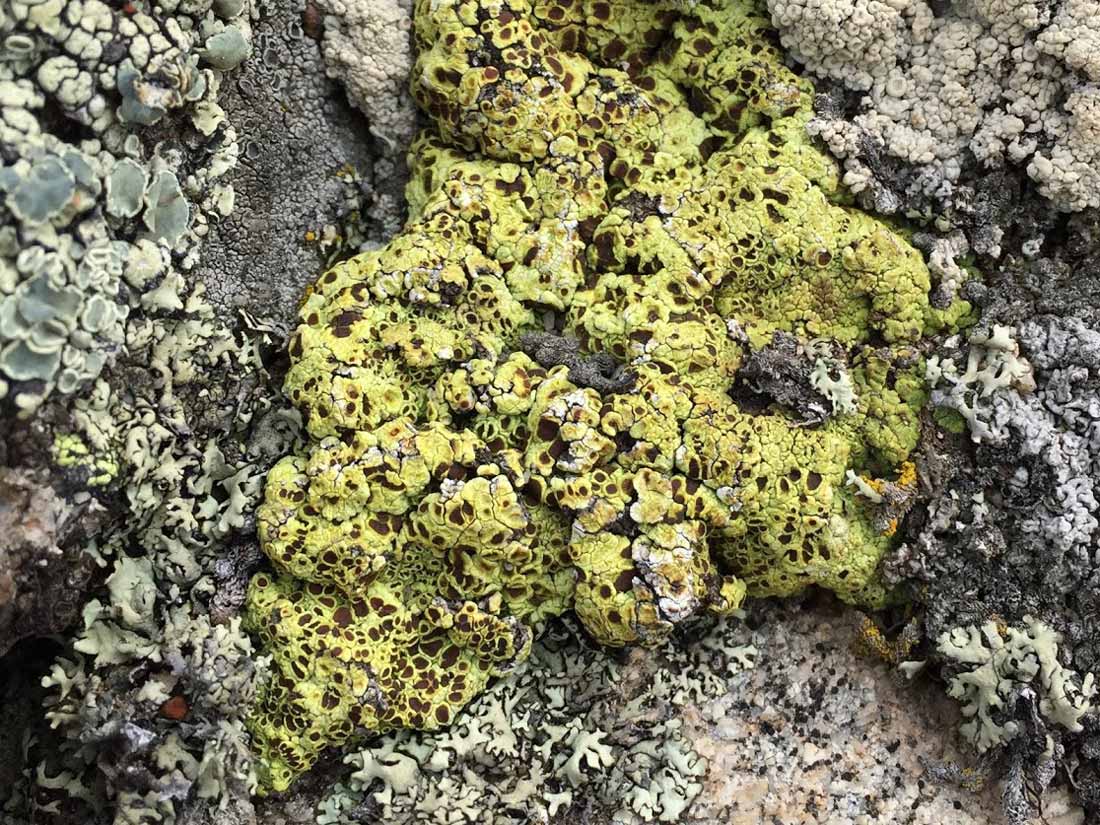
Lichens
Lichens, which are symbiotic organisms composed of algae and fungi are thought to be 250 million years old.

Ferns
Unlike flowering plants, ferns do not produce seeds or flowers, but reproduce sexually by producing spores. They are thought to be 360 years old.

Gymnosperms
The gymnosperms, are our pines, junipers and spruce. Unlike flowering plants, where seeds are bisexual and develop in ovaries of flowers, the seeds of gymnosperms are unisexual and develop in cones. Gymnosperms are considered to be 360 million years old.
Bryophytes
The bryophytes in Colorado consist of mosses and liverworts, which, unlike flowering plants do not have a vascular system and reproduce by spores rather than seeds. The bryophytes are thought to be 390 million years old.
Fungi
Originally thought to be related to plants, fungi are more closely related to animals because they recive their nutrition from other sources and do not photosynthesize. They are the oldest of the organisms listed here at one billion years old.
Colorado Life Zones
From the Highest to the Lowest

Alpine
The Alpine Zone is the highest life zone in Colorado and extends from 11,500 feet to the summit of Mt. Elbert, our tallest peak, at 14,439 feet.
Subalpine
The subalpine Zone is lies just below the Alpine zone at between 10,000 and 11,500 feet and is characterized by the presence of trees.
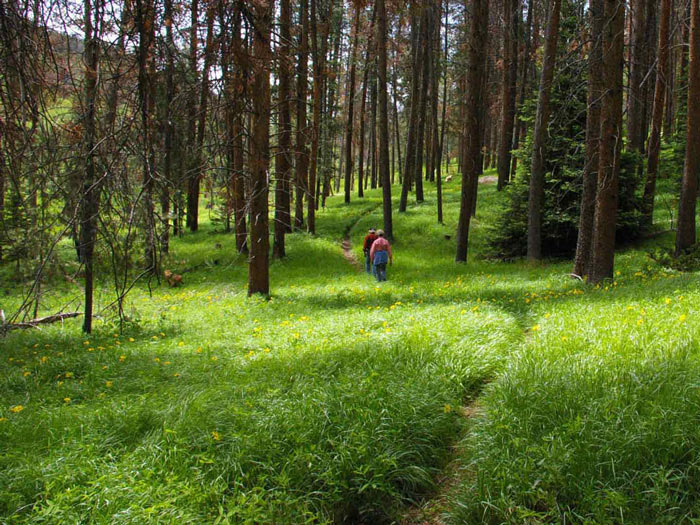
Montane
The montanc zone occurs below the subalpine zone between 10,000 and 11,500 feet and consists of forests and meadows.
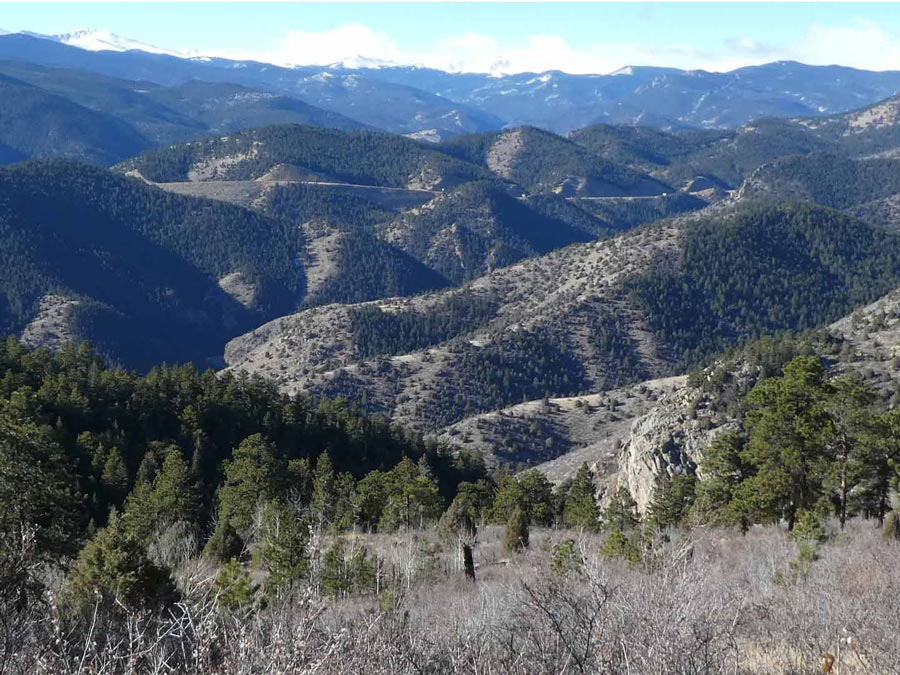
Foothills
The Foothill live zone occurs below the montane from 6,500 feet to 10,000 feet and consists of open woodlands and shrublands.

Plains
The plains occur in the eastern third of Colorado from our lowest point where the Arikaree River flows into Kansas at 3,317 feet up to 6,500 feet. The plains consist primarily of grasslands.

Semi-desert Shrublands
Semi-desert shrublands occur on the western slope of Colorado at the same elevation as the plains on the eastern slope. Unlike the plains they consist primarily of shrublands rather than grasslands.
Living Organisms
From the Youngest to the Oldest

Flowering Plants
Flowering plants, or angiosperms are thought to be from 140 to 270 million years old. They are characterized

Lichens
Lichens, which are symbiotic organisms composed of algae and fungi are thought to be 250 million years old.

Ferns
Unlike flowering plants, ferns do not produce seeds or flowers, but reproduce sexually by producing spores. They are thought to be 360 years old.

Gymnosperms
The gymnosperms, are our pines, junipers and spruce. Unlike flowering plants, where seeds are bisexual and develop in ovaries of flowers, the seeds of gymnosperms are unisexual and develop in cones. Gymnosperms are considered to be 360 million years old.
Bryophytes
The bryophytes in Colorado consist of mosses and liverworts, which, unlike flowering plants do not have a vascular system and reproduce by spores rather than seeds. The bryophytes are thought to be 390 million years old.
Fungi
Originally thought to be related to plants, fungi are more closely related to animals because they recive their nutrition from other sources and do not photosynthesize. They are the oldest of the organisms listed here at one billion years old.
Colorado Life Zones
From the Highest to the Lowest

Alpine
The Alpine Zone is the highest life zone in Colorado and extends from 11,500 feet to the summit of Mt. Elbert, our tallest peak, at 14,439 feet.
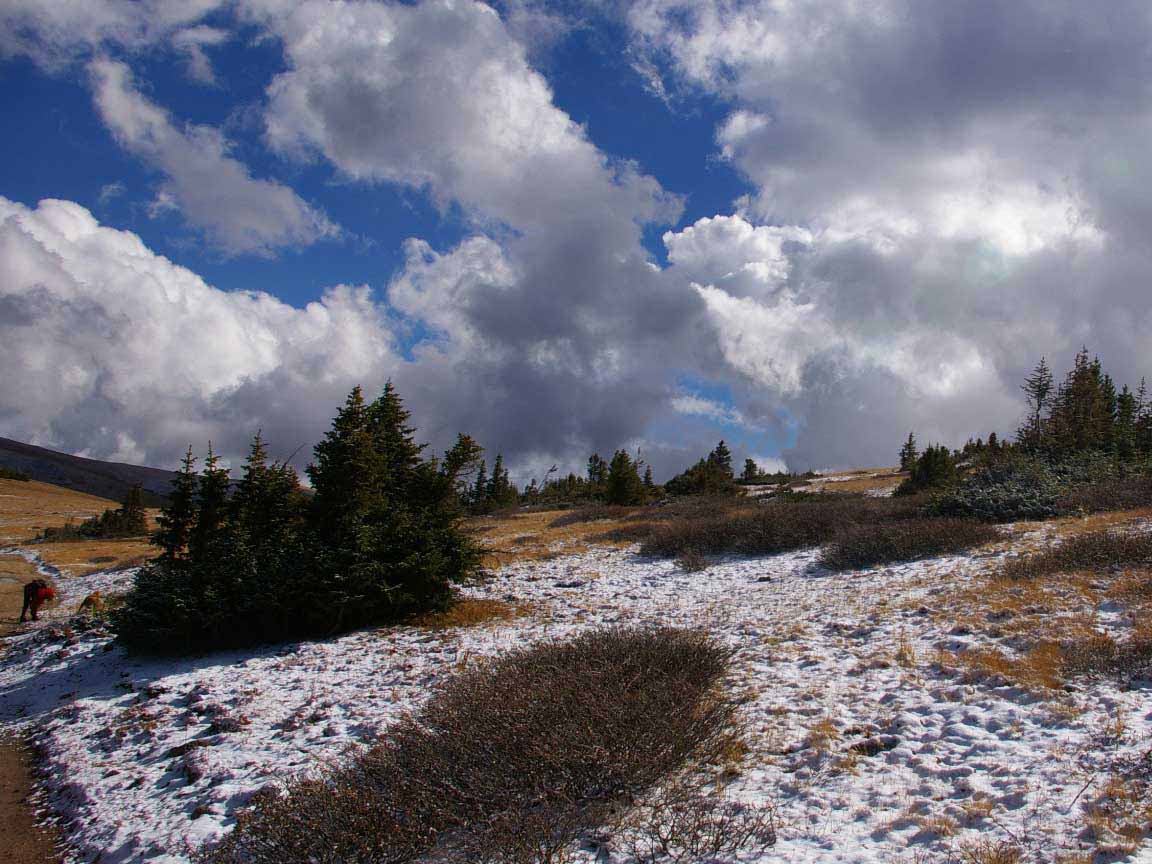
Subalpine
the subalpine Zone is lies just below the Alpine zone at between 10,000 and 11,500 feet and is characterized by the presence of trees.

Montane
The montanc zone occurs below the subalpine zone between 10,000 and 11,500 feet and consists of forests and meadows.

Foothills
The Foothill live zone occurs below the montane from 6,500 feet to 10,000 feet and consists of open woodlands and shrublands.

Plains
The plains occur in the eastern third of Colorado from our lowest point where the Arikaree River flows into Kansas at 3,317 feet up to 6,500 feet. The plains consist primarily of grasslands.

Semi-desert Shrublands
Semi-desert shrublands occur on the western slope of Colorado at the same elevation as the plains on the eastern slope. Unlike the plains they consist primarily of shrublands rather than grasslands.
